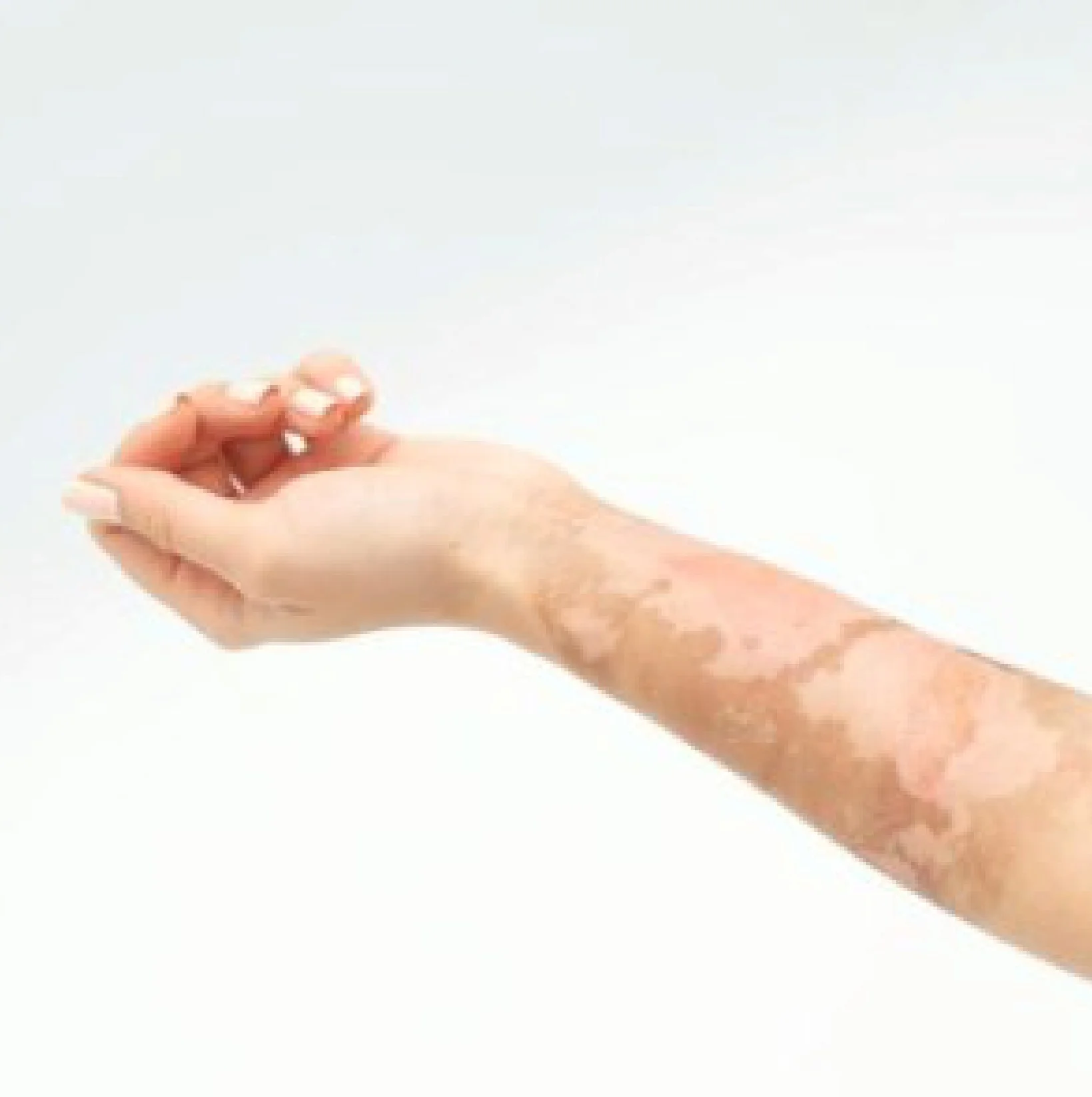
Department of Plastic and Reconstructive Surgery
Welcome To Gangasheel Hospital
What is Burn Skin ?
Burns are tissue injuries resulting from heat, overexposure to the sun or other radiation, or chemical or electrical contact. Burns can be minor medical problems or life-threatening emergencies.
Treatment of burns depends on the location and severity of the injury. Sunburns and minor burns can usually be treated at home. Deep or extensive burns require immediate medical attention. Some people require treatment at a specialized burn center and months of follow-up care.
Symptoms of burns depend on the depth of skin damage. It may take a day or two for signs and symptoms of severe burns to appear.
First degree burns
This minor burn affects only the outer layer of skin (epidermis). It causes redness and pain.
Second-degree burns
This type of burn affects both the epidermis and the second layer of skin (dermis). May cause swelling, redness, whiteness, or blemishes. Blisters may form and the pain may be severe. Deep second degree burns can cause scarring.
Third-degree burns
This burn extends to the fatty layer under the skin. Burned areas can be black, brown, or white. The skin may appear leathery. Third-degree burns can destroy nerves and cause hearing loss.
- Fire
- Hot Liquid or Vapor
- Hot Metal, Glass, or Other Objects
- Electric Current
- Radiation X-Ray
- Sunlight or Other Ultraviolet Sources. B. Solarium
- Chemicals such as strong acids, strong alkalis, thinners, and gasoline Misuse.
To reduce the risk of common household burns:
- Do not leave cooking ingredients on the stove.
- Turn the pot handle back.
- Do not carry or hold children while cooking on the stove.
- Keep hot liquids out of reach of children and pets.
- Keep electronic devices away from water.
- Check food temperature before serving to children. Do not heat baby bottles in the microwave.
- Do not cook in loose clothing that can catch fire on the stove.
- Block access to heat sources such as stoves, grills, fireplaces, and space heaters if you have young children.
- Make sure the seat belts and buckles are not hot before placing the child in the child seat.
- Unplug irons and similar appliances when not in use. Keep out of reach of small children.
- Cover unused sockets with protective caps. Keep electrical cords and wires out of the way so that children cannot chew on them.
- If you smoke, don't smoke in bed.
Treatment of burns depends on the cause and severity. All burns should be kept clean and appropriate bandages/dressings should be applied according to the severity of the wound. Managing a person's pain is very important. Poor management can compromise wound care.
Continue to examine the wound for signs of infection or other long-term problems. B. Difficulty in movement due to scarring and tightening of the skin in joints and muscles
Treatment for different types of burns may include:
Do not apply ice. Apply aloe vera gel to your sunburn. For burns, apply antibiotic cream and cover lightly with gauze. You can also take over-the-counter pain relievers.
Second-degree burns:
Treatment of second-degree and first-degree burns is similar. Your doctor may prescribe stronger antibiotic creams containing silver,
such as: B. Sulfadiazine silver for killing bacteria. Elevating the burned area can help reduce pain and swelling.
Third degree burns: Third degree burns can be life threatening and often require skin grafting. A skin graft replaces damaged tissue with healthy skin from another undamaged body part. Areas with skin grafts usually heal on their own.
Yes, Burn Skin treatment is available in Bareilly at Gangasheel Hospital by the team of expert Plastic Surgeons in the city.
